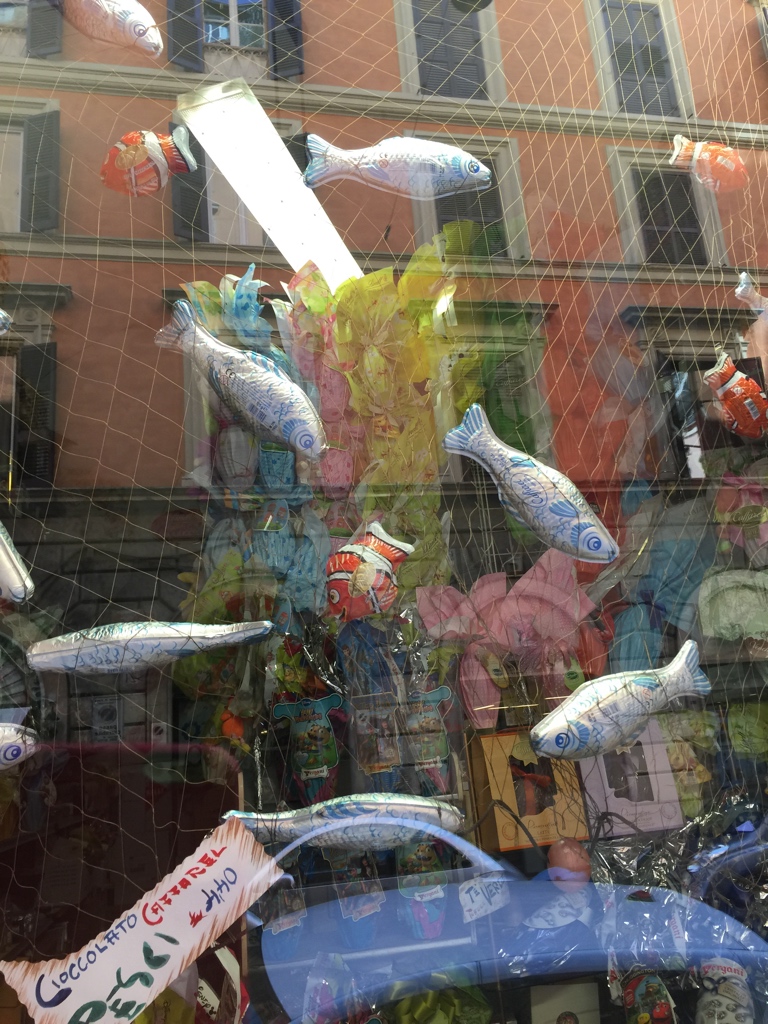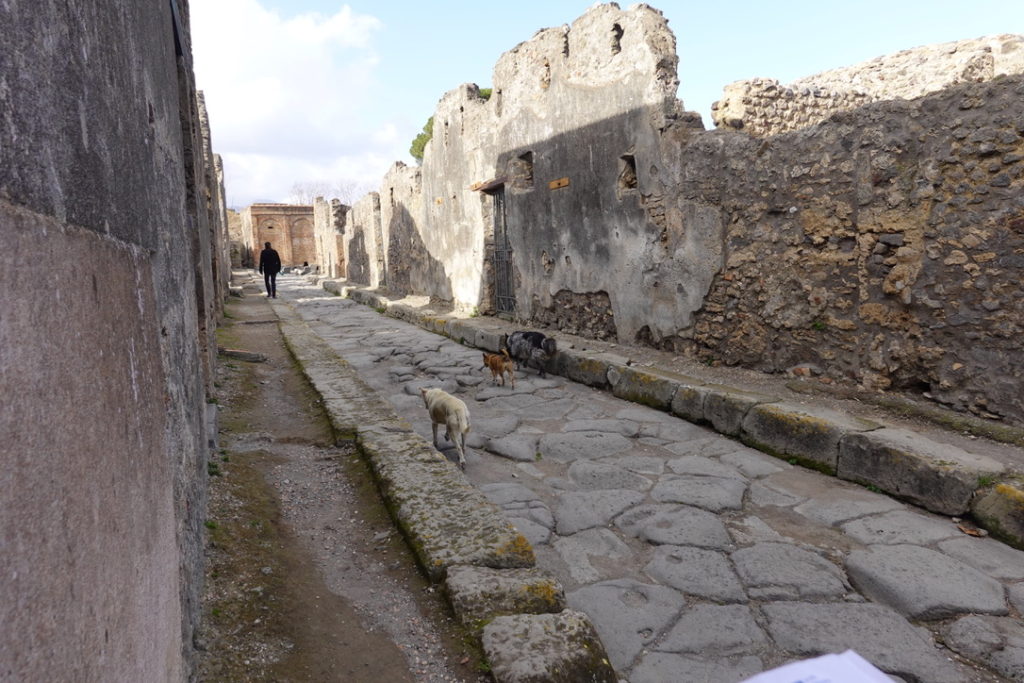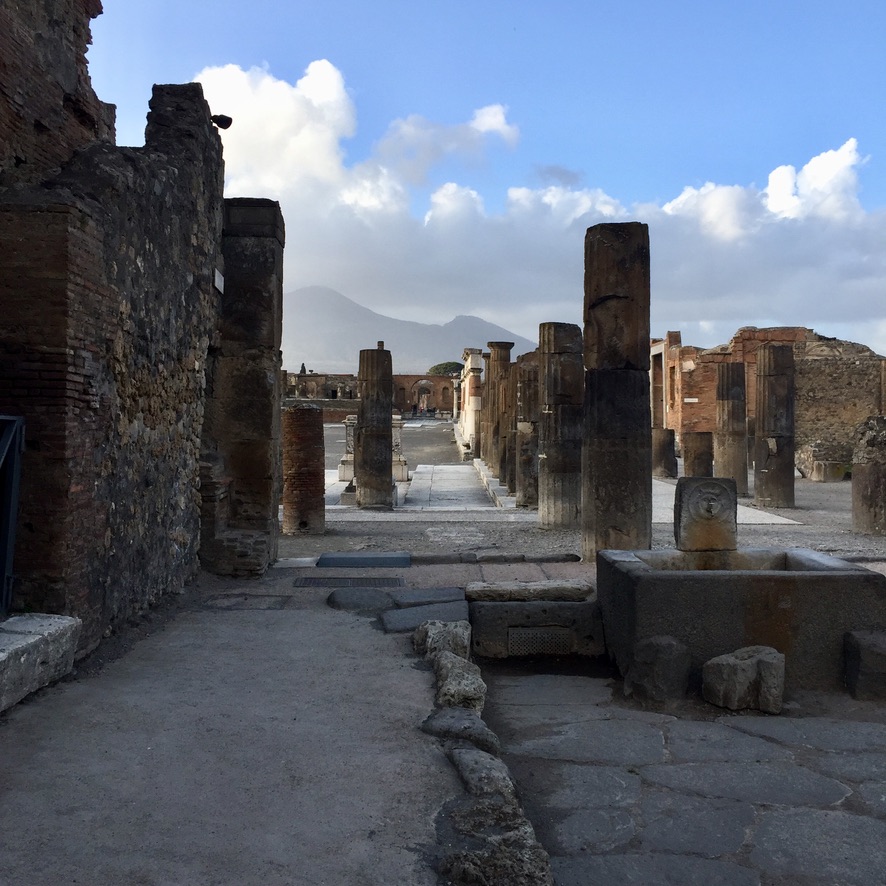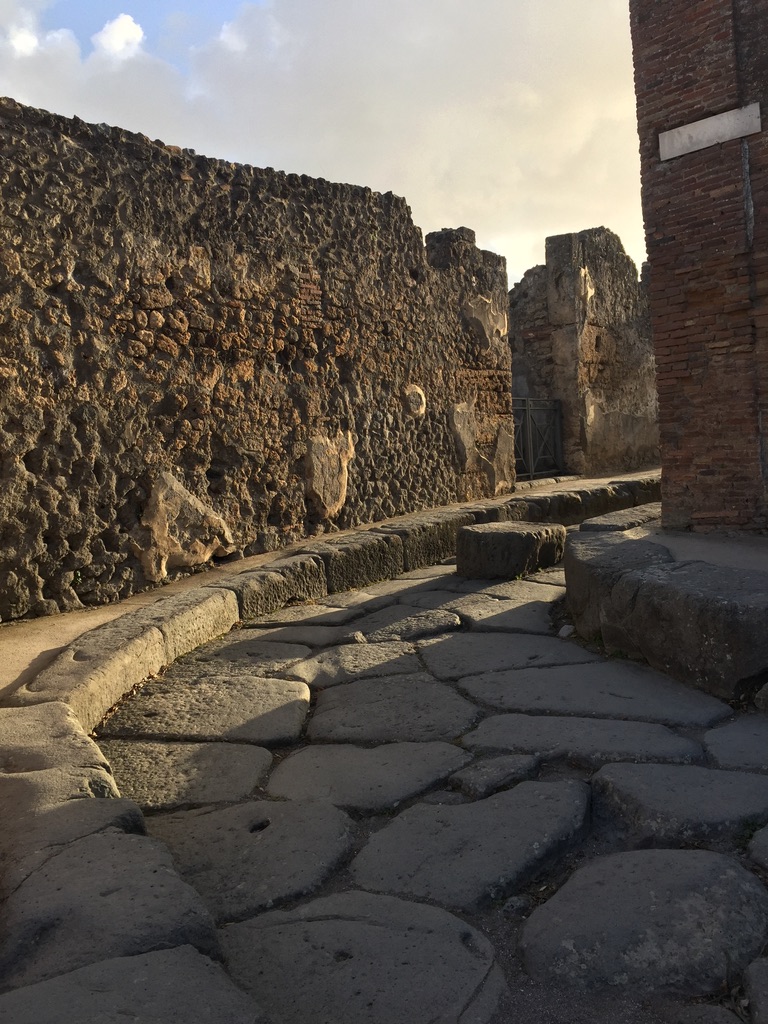Pesce d’Aprile

Pesce D’Aprile ! “April Fish” ! April Fools ! One of my earliest childhood memories is when I was three, and the stocky doorman of our building in Rome wished me a Buon Pesce d’Aprile ! I could not understand what these April Fish were. Struggling already to make sense of words in two languages, I was troubled by the mixing up of “April” and “Fish”. They seemed to have nothing in common. But then the doorman presented me with a large, flat chocolate fish, wrapped (I remember it still) in gold foil, and with a silver foil tail and glistening scales. It must have been shaped like a sardine, now that I think about it, as its tail was forked and its head angular. Greedily I tore into it — and was at once enamored of the April Fish.

Until my children became too sophisticated, I every April Fools day gave them a chocolate fish that was close to identical to that one of my childhood memory. Not too many pastry shops sell these now (they are considered quite old fashioned, sadly) so when they first arrived in early March, I always seized two of them. The one year I did not preplan, and on April 1 was empty handed, was a very sour Pesce d’Aprile. My husband attempted to compensate by playing more April Fools jokes and tricks than he would normally, but to no avail. When I also tried to make amends by roasting a large fish that night for dinner, there was a riot at the table. The year after, each child received two chocolate fish to make up for my error, but I was never fully forgiven.
This year all of the month of March has been a Pesce d’Aprile — except that it hasn’t.

For many Italians, those who do not remember the years of the war, March 2020 is the worst month in living memory.
Time has folded into itself such that it is very hard to remember yesterday, or the day before, let alone a month ago, but on March 1, just a month ago, I was at Pompeii, which I had nearly to myself.

School group trips had been prohibited, cruise ships were not docking in Italy and there was unease in the air.

Nine days before, the government had announced a new decree imposing the quarantine of more than 50,000 people from 11 different municipalities in Northern Italy. People with symptoms were advised to call the 112 emergency number, instead of going directly to hospitals, in an effort to limit the disease’s spread. Universities in Lombardy, Veneto, Trentino Alto-Adige, Piedmont and Emilia Romagna suspended classed from February 23 until March 1. Authorities in Veneto cancelled the last two days of the Carnival of Venice.

The day I was in Pompeii, Italy’s Prime Minister, Conte, announced that the country was to be divided into three areas :
A red zone (composed of portions of Lombardia and the municipality of Vò in Veneto) where the whole population was placed in lock down.
A yellow zone (composed of the regions of Lombardy, Veneto and Emilia Romagna), where social and sport events were cancelled while schools, theaters, clubs and cinemas were closed.
The rest of country, where the public was educated to wash hands and be vigilant, and where the talk was anxious but life continued.

But where masks and hand sanitizer disappeared from all of the pharmacies.

On the night of March 2, I went out to dinner in Rome, alone : the last night in fact that I ate out. After I had finished my creme caramel, my friend Dario, the restaurant owner, sat down next to me, poured us both a grappa and lamented : “This will not end well. Already no one is coming and we are not in quarantine here. Lombardy is locked down, not us, and it is hundreds of kilometers away ! Why are Romans so fearful ? Why aren’t they here eating artichokes, as you are ?” (Ten days later, he and every restaurant in Italy was closed.)

On 4 March, the government shut down all schools and universities nationwide for two weeks. One hundred Italians had died of coronavirus- related causes. The same day, the government ruled that all sporting events in Italy would be played behind closed doors until 3 April.
On the night of my birthday, March 7, the government locked down Lombardy and 14 other provinces in Veneto, Emilia Romagna, Piedmont and Marche, involving more than 16 million people. On the evening of March 9, the entire country was put on lockdown, with 60 million people obliged to stay home. Two days later all businesses except those offering essential services, like grocery shops and pharmacies, were closed.

And so it went, the April Fools nightmare that was real. Italians died, Italians were placed on respirators, nurses and doctors risked their lives (and often were infected themselves.) Italians sang from their balconies at 7 PM, Italians clapped for health workers at noon. Italians suffered and adjusted and came together, and produced a show of unity that took and takes my breath away.

And all the while, in the roughest of seas themselves, in a global public health crisis that accelerated at an unimaginable speed and scale, Italians looked to their European neighbors and saw that the nightmare was arriving there too. Mysteriously however, despite the entirely public nature of the Italian calamity, with no detail not shared, European governments seemed initially to believe that Covid-19 posed minimal threat to their regular social and economic life.
Even a peremptory look at a number of key facts and figures and experiences in Italy on March 1 (let alone Asia ) should have taught them otherwise.
From behind their masks, Italians registered first incredulity and then horror that other countries seemed to believe that Covid-19 was an Italian disease, one that would pass them by.

And now we are where we are — coronavirus in every state in America (and how !), coronavirus everywhere in Europe.
And we are back where we began, in Italy. Lombardia has been hit unbearably hard, with 7593 deaths, more than half of the total declared national toll of 13155.
It is impossible not to think of the implications for Africa, for India, and for every corner of the world where the clock is ticking as the pandemic creeps towards those less accessible corners of the globe.
Buon Pesce d’Aprile.
/
In Italy this evening there is some hope : deaths were down, and significantly down, 727, from Tuesday’s figure of 837. While 2937 new cases were diagnosed, this represents an increase of only 3.8% and while higher than the previous day, this is a downward number as two weeks ago infection rates were leaps of 300% and 400%, this day after day.
After telling me that it has been some time since he had the heart to utter it, a friend tonight said to me : “I think I can say it again, but for now only to myself : ‘Andra’ Tutto Bene.‘ ” This is the slogan that early on was adopted as a national show of unity, and written by countless children in posters and signs that were hung up and down the peninsula.
“It will go well. We will come out of this.”

“We’re very fragile, but we are united”, said my friend.
And that is not an April Fool’s Joke.
Viva l’Italia.


Meet Marjorie
Insider’s Italy is an experienced family business that draws on my family’s four generations of life in Italy. I personally plan your travels. It is my great joy to share with you my family’s hundred-year-plus archive of Italian delights, discoveries and special friends.
